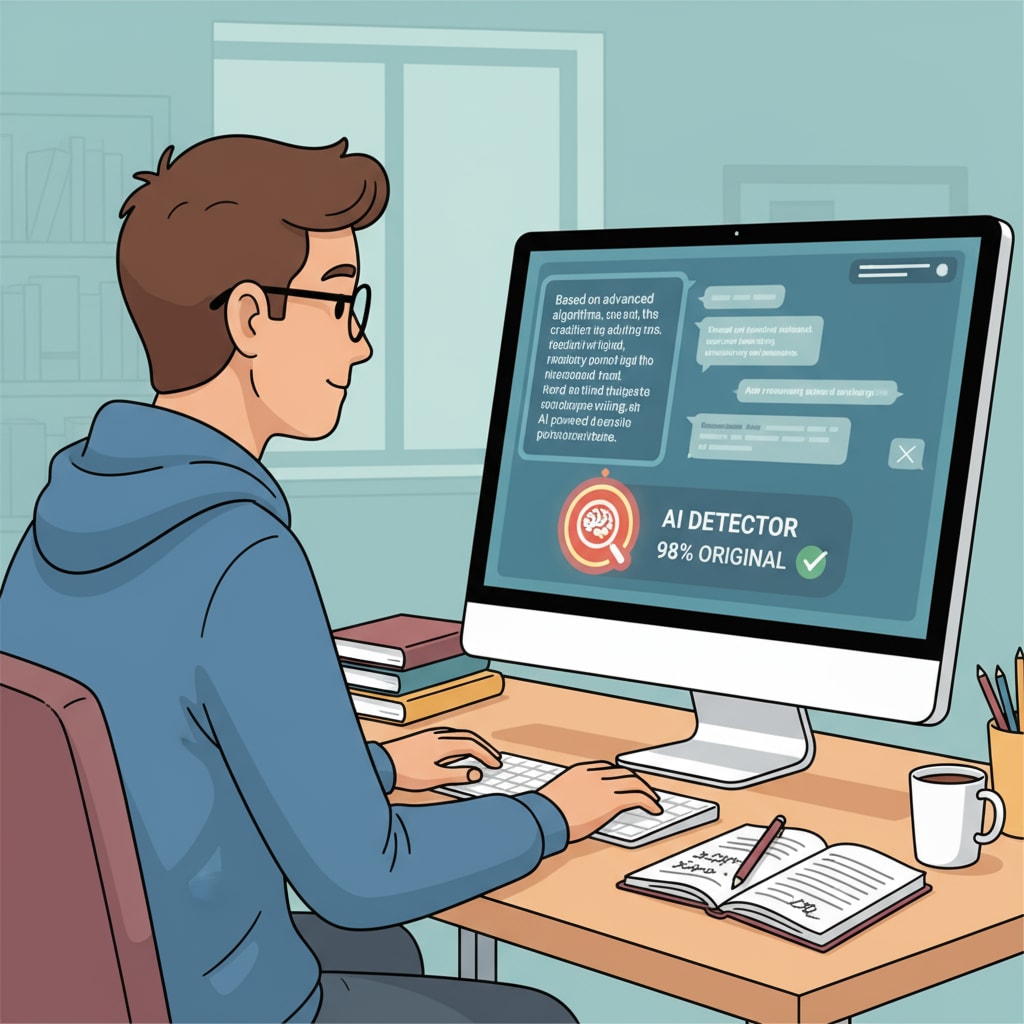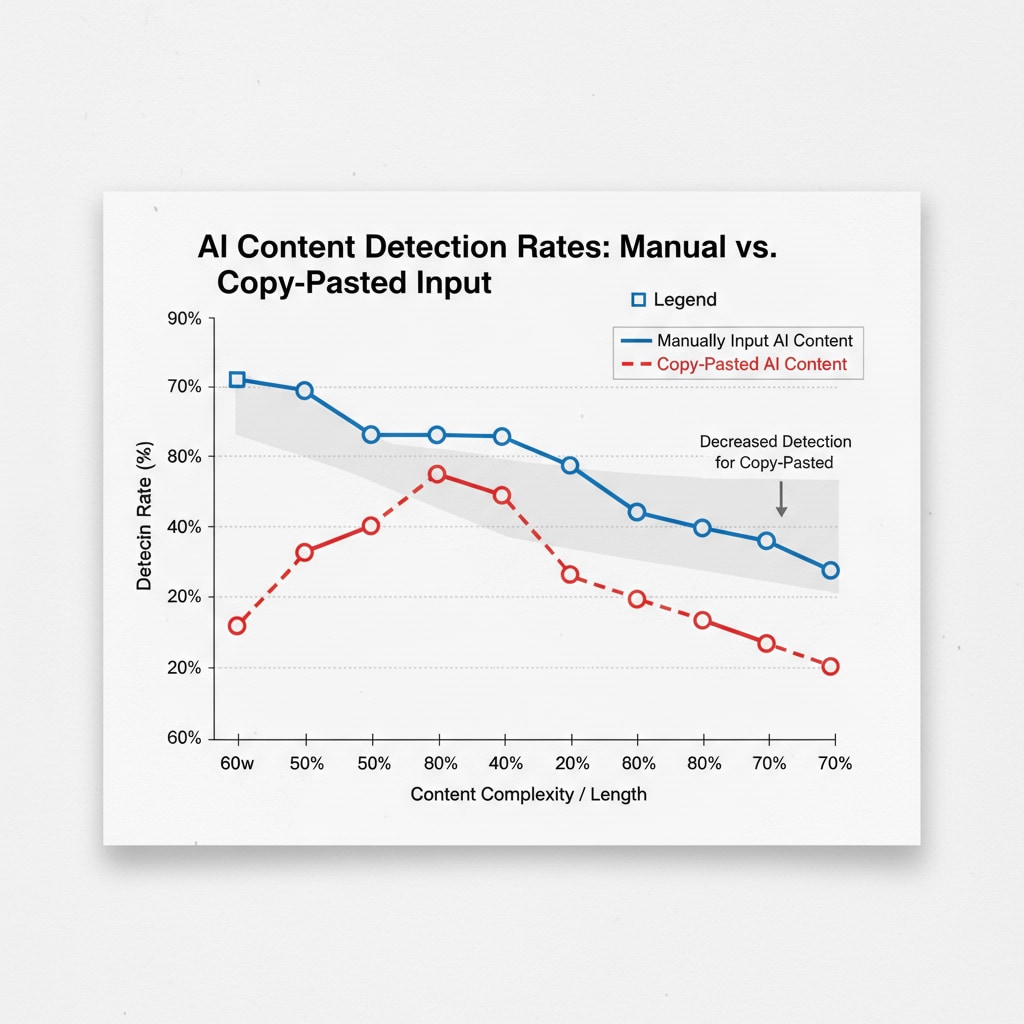AI detectors, manual input, and content paraphrasing have emerged as significant concerns in the modern educational landscape. With the increasing prevalence of AI technology in the field of education, students’ attempts to bypass AI detectors have sparked profound reflections on academic integrity. This article delves into the disparities in detection results between manually input and copy-pasted AI-generated content, and analyzes the implications of this phenomenon for the K12 education assessment system and the cultivation of students’ writing abilities.

The Rise of AI in Education and Detection Challenges
The integration of AI in education has brought about numerous benefits, such as personalized learning experiences and enhanced teaching tools. However, it has also given rise to a new form of academic dishonesty. AI detectors are designed to identify content generated by artificial intelligence. For example, these detectors analyze patterns, language use, and the source of information. But students are finding ways to get around them. According to Artificial intelligence in education on Wikipedia, the use of AI in education is growing rapidly, and so are the challenges of maintaining integrity.
Manual Input vs. Copy-Pasting AI Content
Manual input of AI-generated content often presents a different scenario compared to copy-pasting. When students copy-paste, the detector can easily identify the source code or the typical language patterns of AI-generated text. On the other hand, manually inputting the content can make it seem more “original.” However, detectors are becoming more sophisticated. They can still detect signs of unnatural language flow or ideas that are too perfect to be written by a student. For instance, if the vocabulary used is far beyond the student’s level or the argument structure is overly complex. As Artificial intelligence on Britannica states, AI has its own unique language signatures that are detectable.

The implications of these differences are significant for the K12 education assessment system. Teachers rely on accurate detection to ensure fair evaluation of students’ work. If detectors are unable to accurately distinguish between original and AI-generated content, it undermines the credibility of the entire assessment process. In addition, it affects the development of students’ writing skills. When students are able to bypass detection easily, they may not be motivated to develop their own writing abilities.
Readability guidance: The key points here are the differences between manual input and copy-pasting in terms of detection, and the impact on education. Each method has its own characteristics, and understanding these is crucial for maintaining academic integrity. Transition words like “however” and “on the other hand” help to show the contrast.


